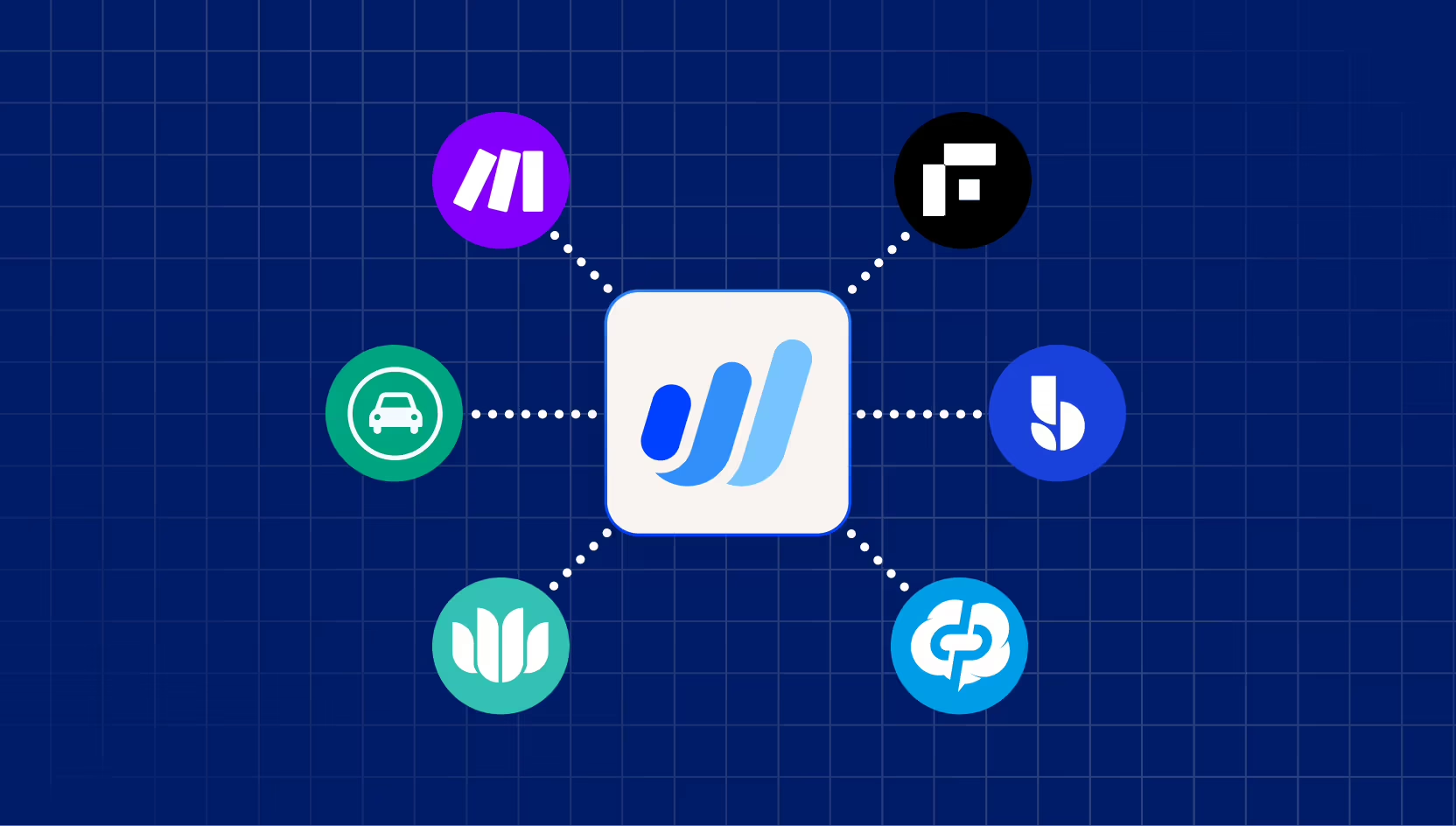
Modifying your marketing plan during COVID-19
There’s no playbook for promoting your business in the middle of a pandemic. This is new to all of us. But there is one thing that is for sure: the world is shifting online more than ever before.
Product categories like apparel, toys, home and garden, food, and gifts have seen a spike in sales. Traffic on retail ecommerce websites has peaked. And, maybe most importantly, these new online shopping habits are here to stay, even after the lockdown is over.
If you’re doubling down on online channels, it’s the right move. And if you’re anxious because it’s a sensitive time to market your business, this guide is for you.
Review your marketing budget and focus on cost-efficient strategies
First things first: your cash flow matters. You may have had to change up your product offering or move your service-based business online. Maybe you weren’t so lucky and had to put your entire business on hold.
Either way, now is the time to get smart about where you invest your marketing budget. Don’t feel like you need to spend more than you make.
The good news? You can use these two channels to reach your audience in a cost-effective way.
Email marketing
The best thing about email marketing is that it’s easy and free to get started. You don’t need to master a complicated tool or spend hours in creation mode.
However, the inboxes of your existing and potential customers are already overflowing with COVID-19 updates from dozens of companies. The majority of those emails are generic, bringing no actual value to their recipients.
So take these two excellent company updates as inspiration.
The first one is from the founder of Andie, a swimwear company:

The second email example is from Levi’s, along with the analysis of the email by Good Marketing:

Use your emails to add true value and nurture your relationship with your customers and subscribers. You can share:
- A “meet the staff” introduction to your team members
- Behind the scenes of your product creation
- Updates on how you’re serving your customers right now: delivery, stock levels, and more
- Candid thoughts on how you’re doing and your plans
These emails are less focused on making sales and more on building trust. It’s an approach that will stand the test of time and help you recover quicker after the crisis is over.
Social media
You shouldn’t go quiet on social media. Your followers and customers are even more active on social media than before. Just like with emails, approach social media posting with compassion.
If your audience is used to lightheartedness from you, keep being uplifting and positive—as long as you don’t dismiss and ignore the current context. For example, fast food chain Wendy’s is well-known for their funny tweets. They’re staying true to that, but they’ve adapted to the remote working conversation:

You can keep talking about your products and offers, but be sure you’re not creating unnecessary scarcity and urgency. Your potential and existing customers are coming to social media to relax, not to feel scared.
If you’ve invested in paid ads on Google and social media, keep doing so if you can. The cost of ads on Facebook and Google has dropped, so your budget could get you further than before. You can now also use Google Shopping for free!
On top of that, Google is offering free ad credits to their existing small and medium business customers—check if you qualify here.
If you’re unsure of how much you can spend on marketing right now, this is a good opportunity to get your accounting up to date. The right accounting software can give you an accurate picture of your cash flow so you can make better marketing decisions.
Stay connected with your customers
Marketing during this crisis isn’t just about surviving the crisis. It’s also about maintaining your relationship with customers you had before the crisis and thriving with them after the crisis is over.
There are two main ways to work on this.
Personally reach out to your customers
Reach out to as many customers as you can. Make your outreach personal and genuinely focus on simply checking in. Customize your message to each customer and show them you care.
Remember, some of your customers may have the same income as before, but others might not be able to buy from you for a while. Show everyone empathy. This is an opportunity to look out for your customers no matter what—they’ll remember that.
Update your website
Use your website to show you’re aware of these different times and the changes you’ve made.
First, this will show your customers they can still buy from you if they need to. Make sure to share any changes to your delivery and returns policy and any safety measures you’re taking for your staff.
Secondly, you can use this space to show them you’re aware that buying your products may not be their priority right now. This will help your loyal customers to not feel guilty about it.
Keep an eye on other businesses
As you work through the crisis, keep an eye on what’s going on with others in your industry and your area. Here are two specific things to keep in mind.
Look at your competitors
Some businesses will struggle more in this crisis than others. They might stop selling a category of products or even close their doors altogether, which will leave a portion of the market underserved.
If this happens, it means you can bring some extra attention to your products that solve that problem. You should by no means celebrate someone’s failure, but you can use your marketing channels to shine some light on what you offer.
Partner up with other businesses
You can also team up with businesses that offer complementary products to your own.
For example, one home decor business in Portland partnered with a local florist. This helped the florist to reach new potential customers, while the home decor company delivered extra delight to their customers.
Other examples of such partnerships could be:
- Restaurants that sell prepared meals at a grocery store
- Wine shops that sell wine through a takeaway restaurant
- Coffee shops that sell ground coffee through a kitchenware shop
Be mindful about copywriting and visuals
We’ve touched on this earlier, but let’s dive a bit deeper. How you share your company’s messages matters a lot during this time.
Choose your words wisely
The best approach to copywriting during this time is: better safe than sorry. Your tone should be helpful and positive. Avoid coming across as careless and casual.
Context and timing are important and you should consider them for each of your messages. Here are some general tips to follow:
- Avoid words like advantage, profit, gain, capitalize in your messaging, call to actions, etc. as they come across as tone-deaf in the context of the crisis.
- Reconsider your puns, jokes, and other humorous content. The earlier example from Wendy’s may not work for any other company. Better to be serious (and safe) than sorry.
- Your customers are more important than you. Focus your communication on supporting them, not on you.
Revise your visuals
Review your graphics and images, especially if they rely a lot on images of travel, crowds, busy restaurants, and similar situations. If they feel out of place due to social distancing measures, update them to something more appropriate.
This is a simple step, but it will help you reframe your overall language and adapt as the situation changes over time.
Check your scheduled posts and campaigns
Some of your campaigns you’ve planned months ago may be completely out of place right now. Check all of your paid advertising, scheduled social posts, emails, and even print materials.
Decide what you need to pause, reframe, or pivot. Keep in mind that what was acceptable even 8 weeks ago may not be now, and there may be a whole new context 8 weeks from now.
Be okay with the changing pace
Remember: you’re not alone in this. We’re here to help you as you adapt to this new reality. Be sure to check out our COVID-19 resource hub—we created it with business owners just like you in mind.
(and create unique links with checkouts)
*While subscribed to Wave’s Pro Plan, get 2.9% + $0 (Visa, Mastercard, Discover) and 3.4% + $0 (Amex) per transaction for the first 10 transactions of each month of your subscription, then 2.9% + $0.60 (Visa, Mastercard, Discover) and 3.4% + $0.60 (Amex) per transaction. Discover processing is only available to US customers. See full terms and conditions for the US and Canada. See Wave’s Terms of Service for more information.
The information and tips shared on this blog are meant to be used as learning and personal development tools as you launch, run and grow your business. While a good place to start, these articles should not take the place of personalized advice from professionals. As our lawyers would say: “All content on Wave’s blog is intended for informational purposes only. It should not be considered legal or financial advice.” Additionally, Wave is the legal copyright holder of all materials on the blog, and others cannot re-use or publish it without our written consent.







